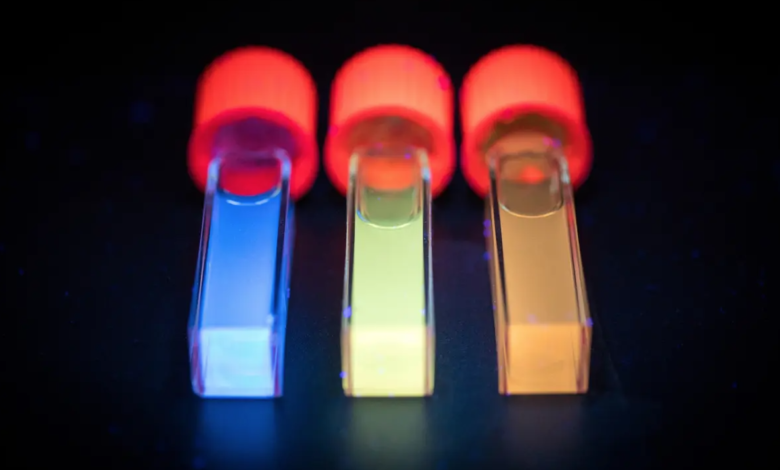Build the world’s most efficient quantum dot solar cells

New world record for the latest generation of photovoltaics
(sustainabilityenvironment.com) – They were first proposed in 1989 but before obtaining a functional unit 11 years have passed, despite already in 2001 they were seen as the promise of the next generation photovoltaic. Let’s talk about quantum dot solar cells (QD), devices that employ tiny spheres of semiconductor material of just 2-10 billionths of a meter in diameter.
The latest breakthrough in the field comes from the National Institute of Science and Technology in Ulsan (UNIST), South Korea. Here a group of engineers, led by Professor Sung-Yeon Jang, marked the world record of efficiency for this technology. An 18.1% already reported in 2022 and today put it in writing with a detailed study on Nature Energy.
What are quantum dot solar cells?
Quantum dot solar cells use semiconductor nanoparticles as a photovoltaic material whose size determines the prohibited bands. In other words, by varying the magnitude of the quantum points it is possible to tune them to respond to different wavelengths of light. The smaller they become, the more their light-absorbing capacity will shift towards blue light, a visible portion of the high-energy spectrum.
But quantum dots also have another advantage: they can greatly increase the efficiency of converting sunlight into energy – perhaps even doubling it in some devices – thanks to their ability to generate more than one exciton, for each incoming photon. The current solar cells produce only one exciton per incident photon, but at quantum points there is an effect called “generation of multiple excitons” (MEG) that allows you to extract more energy. The NREL has shown that quantum dots photovoltaics under concentrated sunlight could achieve maximum theoretical conversion efficiencies double those obtainable from conventional solar: up to 66%, compared to 31% of first and second-generation cells.
Photovoltaic QD, the remaining challenges
On the other hand, it is a “new” technology, with a few years behind it, and the practical results still fail to compete with those of crystalline silicon. Before QDs become technologically meaningful, scientists must learn how to divide the excitons created and collect the resulting charge carriers with high efficiency. Although quantum point solar cells still need to overcome several problems before they become attractive for mass trade, some small manufacturers have joined the company with niche products, such as UbiQD’s QD photovoltaic windows.
Solar cells quantum dots in perovskite, efficiency to 18.1%
South Korean work opens the door to a new era of progress by addressing one of the main technical challenges in the field. Quantum dots solar cells offer the highest theoretical efficiency when made with organic materials. Unfortunately, such materials suffer from defects that make them less stable in sunlight and environmental stresses. To circumvent the problem, inorganic materials are normally used, but they limit the yield.
The UNIST team made the quantum dots with organic perovskite and developed a new method to anchor them to the substrate by placing them very close together. This increased efficiency to a record level of 18.1% and made the new cellsoto much more stable. Tested they maintained their initial conversion efficiency for 1200 hours under normal conditions and 300 hours at a temperature of 80 ºC.
“Our developed technology has achieved an impressive 18.1% efficiency in QD solar cells,” said Professor Jang. “This extraordinary achievement represents the highest efficiency among quantum point solar cells recognized by the prestigious National Renewable Energy Laboratory (NREL) in the United States”.





